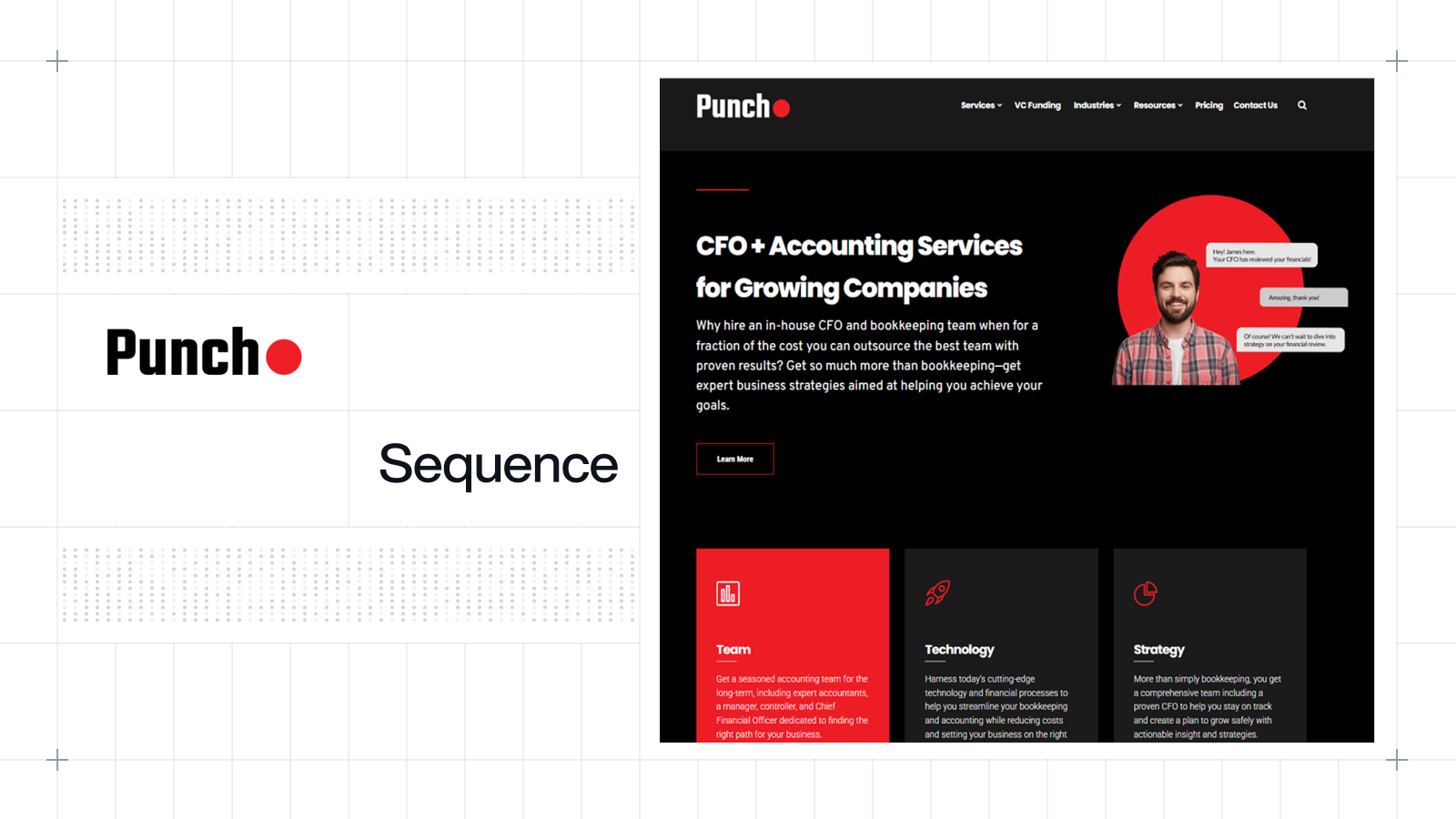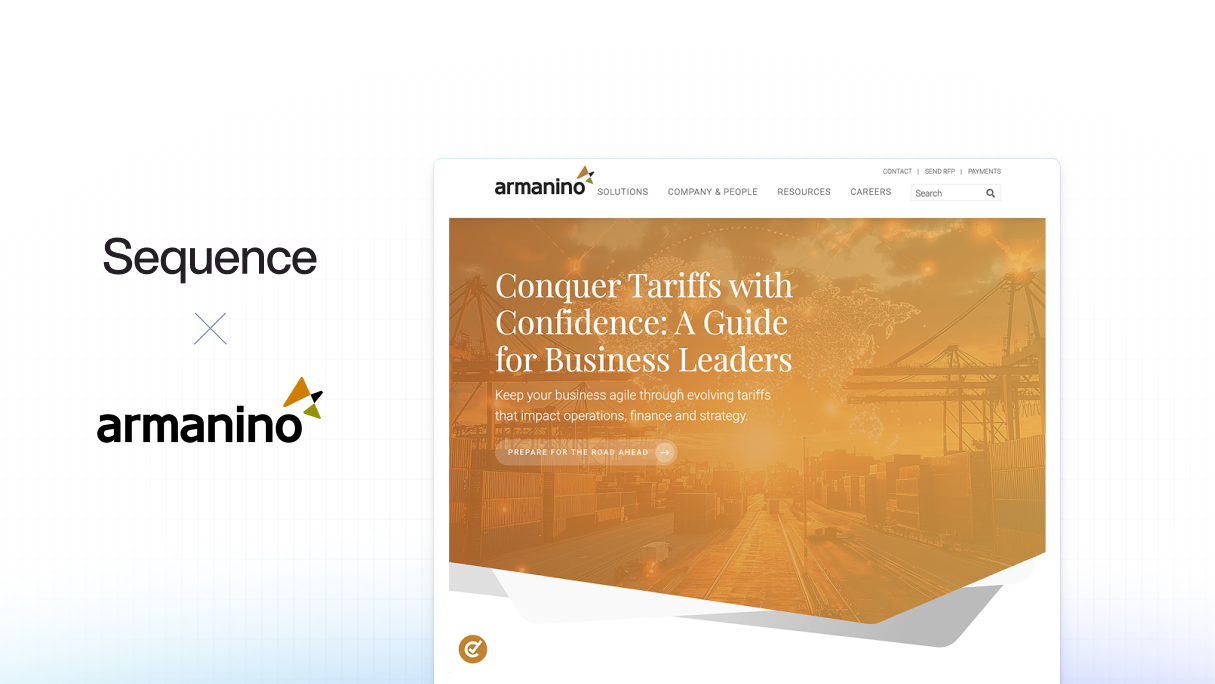Enda Cahill
From $1M to $100M: 6 Finance Lessons from the Frontline
A tactical guide from Brian Weisberg, deploying 15+ years of leading rapidly growing tech scaleups, including 2 successful exits.

Based on our conversation with Brian Weisberg, General Manager at The F Suite, Serial CFO/VP of Finance, and Host of the Cash Flow Show (in partnership with OnlyCFO).
His cross-functional approach to financial leadership has helped multiple businesses navigate the transition from early stages into growth mode and beyond, including two successful exits (Ansible, Tidelift). Here’s how he thinks about financial discipline, team evolution, and what tends to break as companies grow.
1. ARR per employee is becoming the golden metric in an AI era
Early-stage finance is messy, but one number keeps you honest: ARR per employee. The rise in AI is driving a resurgence of this longtime staple for finance diehards. Brian puts it simply: “If you only track one metric throughout your life, it should be ARR per employee.”
- Pre-scale: $100k to $150k is a solid range
- At $10m ARR: Push above $200k
- Past $50m: $300k and higher should be your benchmark
Not just a productivity metrics, surfaces whether you are building leverage or just adding headcount. “If you do not have a plan for how you are going to outperform on an ARR/FTE basis, you’re falling behind”.
Lets not forget about how you manage that cash money. That is where watching your burn multiple comes into play (net burn divided by net new ARR). The goal is not perfection. As I heard Brian say on the call, “perfection is often the enemy of good.” But what you do need is a plausible plan for strong performance and a track record to prove that you can deliver. Brian’s view: if you are burning $1, show how that will eventually expand into more than $1 in ARR. You might not be there yet, but you need a believable route and story to get there.
Past $10M, focus shifts to efficiency:
- Sales efficiency: Payback periods, pipeline velocity, contract value expansion
- R&D efficiency: How new product investment drives new ARR
- Retention: Gross and net revenue retention (GRR / NRR), logo churn
It is not about tracking every number, but you need to be able to show investors that you can move the ones that matter.
2. Don’t shy away from an opinionated stance on product / ICP direction
It is easy to fall victim to the temptation of a distraction or other shiny object, especially once you’ve crossed a few million in revenue and “achieved PMF” and think it is time to lean on the GTM accelerator. Brian sees this repeatedly: “The most common pitfall I’ve seen is a lack of a strong POV.”
Teams chase customer requests, launch too many bets (often in a bid to move upmarket and upsell existing customers at same time), and respond impulsively to market noise / competitors. 0 to 1 is often characterized by ‘whatever it takes’, but clarity and discipline is needed to build a sustainable momentum from $1 to $10m.
“Strong opinions loosely held” has been a recently popularised narrative, and Brian has been a longstanding subscriber to the importance of acting from a place of conviction, but being ready to adapt as needed. You need a firm view on what you are building and who you are building it for. Then listen, test, and adjust without losing the plot.
That starts with your ICP. Define it early. Use it to focus your go-to-market, product roadmap, and support structure.
Once you pass $25m, growth depends on market expansion. To reach $100m, you need a larger addressable market or a new wedge. Brian recommends structured experimentation, not throwing features at the wall. Be willing to cut fast when something is not working.
3. Accounting usually breaks first in the CFO suite
Finance discipline is often the first to buckle as companies scale. Brian compares it to skipping a physical. You do not notice issues until they are expensive to fix. What many don’t realise is that accounting has been broken for some time and nobody noticed because revenue kept going up and to the right. While revenue growth "solves all problems," it can also mask them, especially for early stage teams.
The basics matter:
- Thoughtfully designed chart of accounts and documented close process
- Clearly assigned ownership and review points
- Designed and documented internal control framework, not just before an audit
Most companies wait too long. They treat financial systems as a cost center until an investor or acquirer points out the gaps. At that point, you are doing cleanup instead of leading with confidence, and sophisticated buyers / investors will notice this and likely lose some faith if they don’t believe you have a strong handle on the numbers driving your top line metrics.
“Internal controls are not just about compliance,” Brian says. “They help you build the habits that support good decision making.”
4. Future-proofing fundraising readiness: be transaction-ready from the start
In later stage deals, diligence rarely falls apart over a missed target. It falls apart when the leadership team cannot explain what is happening inside the business.
“Lack of command and control spooks investors,” Brian says. “You need to answer diligence questions quickly and confidently.”
Start by organizing the basics. Maintain a shared drive for the company with clean, up-to-date documentation that mimics a “mini dataroom”. Forecasts, board decks, contracts, financials, employee files. If it takes longer than a few minutes to find a file, the system is already breaking.
Some CFOs are now automating this with AI tools that label and store documents as they go. It is simple to set up, and pays off during financing rounds, diligence sprints, or M&A discussions.
Brian recommends being transaction-ready from day one, not when you decide to raise.
5. Your team will not scale by default
The team that gets you to $10m will likely not get you to $50m or $100m. Brian puts it plainly: “People have different strengths, preferences, and risk appetites.”
Some thrive in ambiguity and speed. Others are better suited for structure and refinement. The mismatch becomes obvious as the company grows, but too many leaders avoid addressing it.
Brian’s advice:
- Be willing to give direct, honest feedback
- Set clear expectations at every level
- Move quickly when someone is no longer a fit
This is not about upgrading talent for the sake of it. It is about making sure the team evolves with the business. That requires hard calls, not just loyalty.
6. AI has raised investor expectations, but don’t get caught up in the noise
“Investors now expect you to do more with less,” Brian says. “Milestone goals have been pulled in.” You will be expected to prove efficiency sooner, and with fewer resources.
And don’t broadcast metrics that may not be relevant for your business. For instance, be mindful of how PLG recurring revenue is different from SLG recurring revenue. We’re all hearing the $0-100m stories in 12-18 months. That’s awesome, but self-serve revenue should be measured as monthly recurring revenue (MRR), not annualized recurring revenue (ARR). This may sound small or pedantic, but the metrics you use should reflect how the business runs. Something as small as this can easily inflate actual traction as users have the budget to test out the latest tooling, only to cancel their subscription / corporate card on a whim, resulting in revenue jumping off a cliff overnight. Most teams nowadays have “play money” to test AI for $300/400 per year, meaning there are a bunch of PLG AI companies with booming revenues, but it’s unclear how much of this will actually sustain.
B2B sales-led companies with 2-3+ year contracts with $50k+ ACVs are unlikely to see such a rapid rise to $50/100m, but their revenue is much stickier, so ensure you’re making this clear with investors early on.
Enda Cahill
Related articles

The Fractional Finance Playbook: Lessons from 20+ Years of Scaling Startups
Frank Mastronuzzi has guided hundreds of fast-growing companies through their most critical financial decisions at Punch. His firm focuses exclusively on helping AI and SaaS companies navigate from zero to $100M ARR, with deep expertise in the specific challenges that emerge at each growth stage.
Enda Cahill

24 Years at Armanino: Building Scalable Finance Teams
Dean Quiambao has watched Armanino grow from 80 people to 3,000 employees during his 24 years at the firm. During this time, he has guided 100s of venture-backed companies through their most critical growth stages. Here are his highlight takeaways.
Enda Cahill

When to bring in financial expertise: lessons from Attivo Partners
We recently sat down with Rebecca Lee, Co-Founder at Attivo Partners. With 20 years in the field, Rebecca gave a masterclass on how growing companies should think about scaling their finance team and tooling.
Enda Cahill